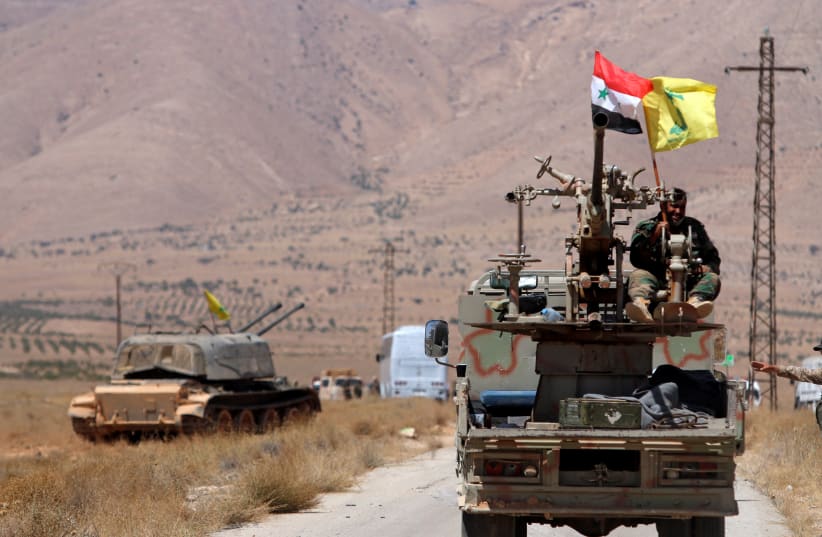The breaking of the ISIS encirclement marks the end to one of the longest sieges in modern history. It was unique in being supplied primarily by air. With its end passes another chapter in the history of the Syrian civil war.#Putin sends message to President Assad praising strategic victory in Deir ez-Zor: Important step on way to liberating #Syria from terrorism pic.twitter.com/G8kh9yXtwM
— Russia in RSA (@EmbassyofRussia) September 5, 2017
Assad pushes ISIS out of East Syrian city after 840-day siege
Syria’s focus on the Euphrates valley redraws the strategic balance of the parties involved in the country’s six-year civil war.
